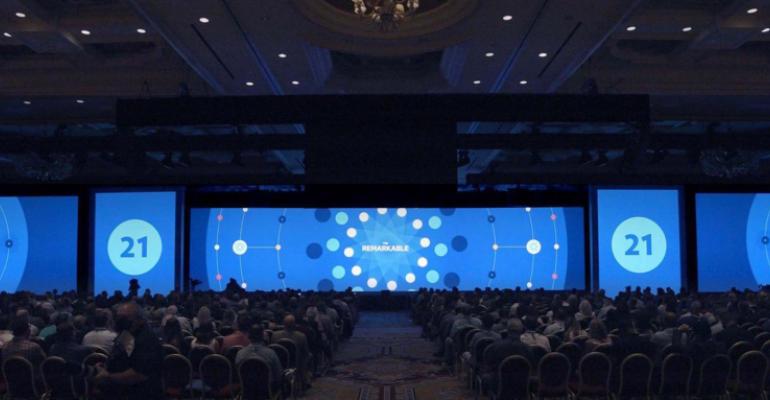Title design has a long history that can be traced back to the early days of film and television. In the early days of cinema, films were often shown without any title cards or opening credits, and the credits that did appear were often simple and brief. It wasn't until the 1920s and 1930s that title design began to evolve into a more sophisticated and stylized art form. One of the earliest and most influential title designers was Saul Bass, who is known for his iconic title sequences for films such as Psycho, North by Northwest, and West Side Story. Bass's work helped to establish title design as a critical element of film and television, and he has inspired countless other designers in the field.
Bass said, “My initial thoughts about what a title can do was to set mood and the prime underlying core of the film’s story, to express the story in some metaphorical way. I saw the title as a way of conditioning the audience, so that when the film actually began, viewers would already have an emotional resonance with it.”
In much the same way, both in-person or virtual events can benefit from thoughtful title design—set up the underlying story, condition the audience, and even create an emotional resonance with the upcoming content.
Here are the emotional and functional components of effective event opening titles and how the right design strategy can take the final piece to extraordinary levels.
Center the energy
Title design is a transitional mechanism. Unlike in film or TV, when a viewer has prepared emotionally for what they are about to watch (horror, comedy, action, etc), event attendees are joining from a mix of emotional states. The conference opener is an opportunity to bring a number of people together into a focused state of awareness and shared emotion. It’s where the tone is established and excitement is built. More importantly, it’s where you remind attendees why they chose to spend their valuable time at your event.
Introduce & create space for the brand
Conference aesthetics are often wrapped within a sub-brand, typically an extension of the host’s core brand. This is an important consideration in title design, as there should be a recognizable connection to the main brand while allowing room for the conference to take on a defined identity. When thinking through the design, this might mean narrowing the color palette or expanding on the core brand’s design elements. Building on marketing and advertising content attendees have seen up to this point is a useful approach as it reinforces the visual communication while presenting it in a more dimensional way.

Beyond 2019 Conference kaleidoscope graphics
Activate the conference theme
As with film titles, a conference title is strongest when it doesn’t steal anything from the story but rather contributes additional connotation. Through use of metaphor and symbolism, the title can create a visual and emotional foundation for the content to stand upon. For ThoughtSpot’s Beyond 2019 Conference, we at leftchannel imagined a piece of the ThoughtSpot identity as their AI search product, locating and extracting insights from a kaleidoscopic world of data and organizing them into meaningful form. This use of symbolism allowed us to bring to life the expansive concept of data visualization.
A more complete event experience
As is essential with other experiences, the chance to set the tone from the first impression is invaluable for events. The right opening title is about more than just how to begin; it creates a thread that runs throughout and ultimately weaves the entire experience together.
Emory Parkins, PR & Content Specialist for video production agency leftchannel, is a PR Specialist by day and a painter by night. With an undergraduate degree in Editing, Writing, and Media from Florida State University and a master's degree from Syracuse in Public Relations, her passion for communications is equivalent to her passion for design.





